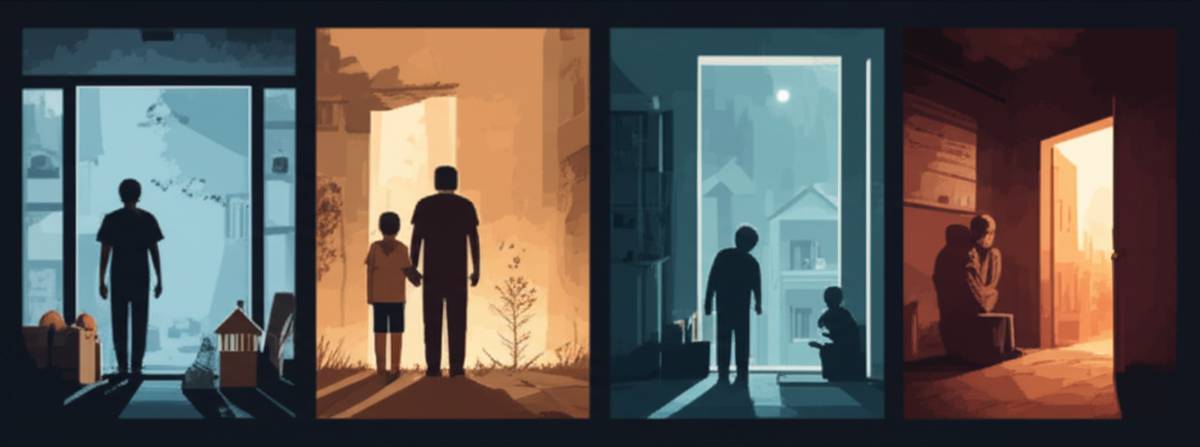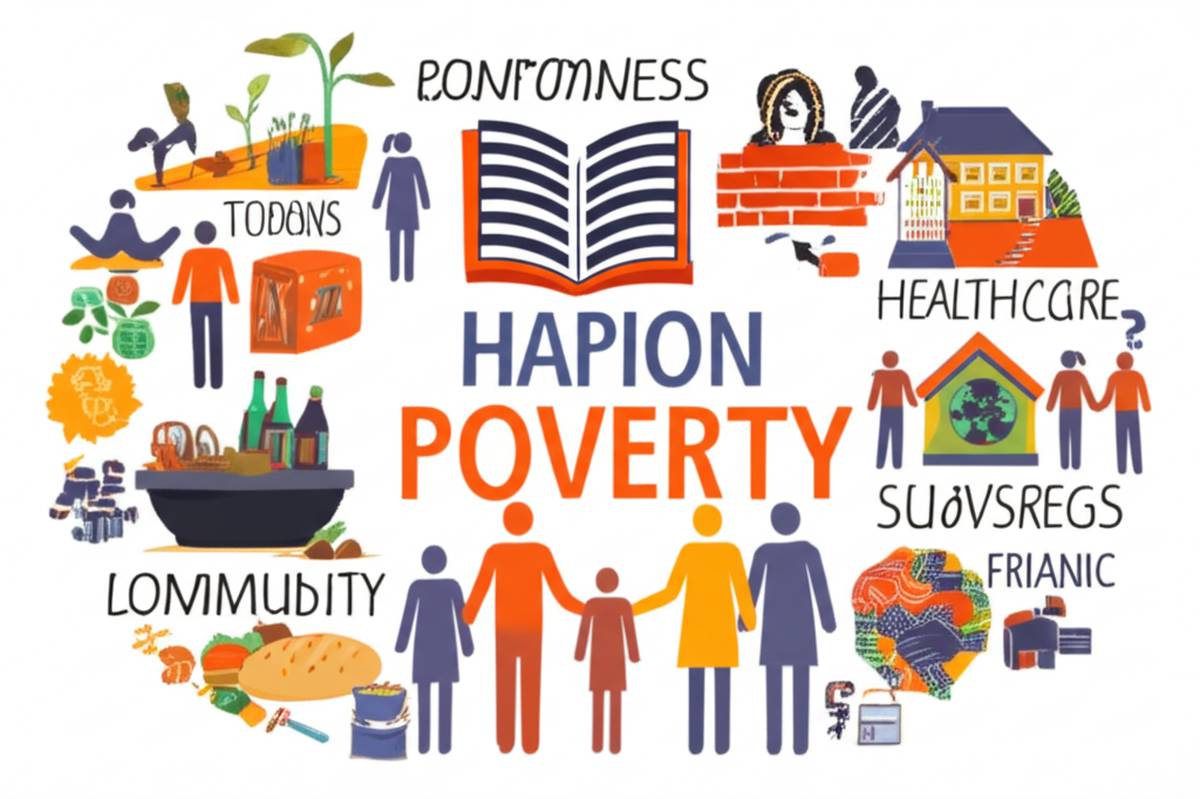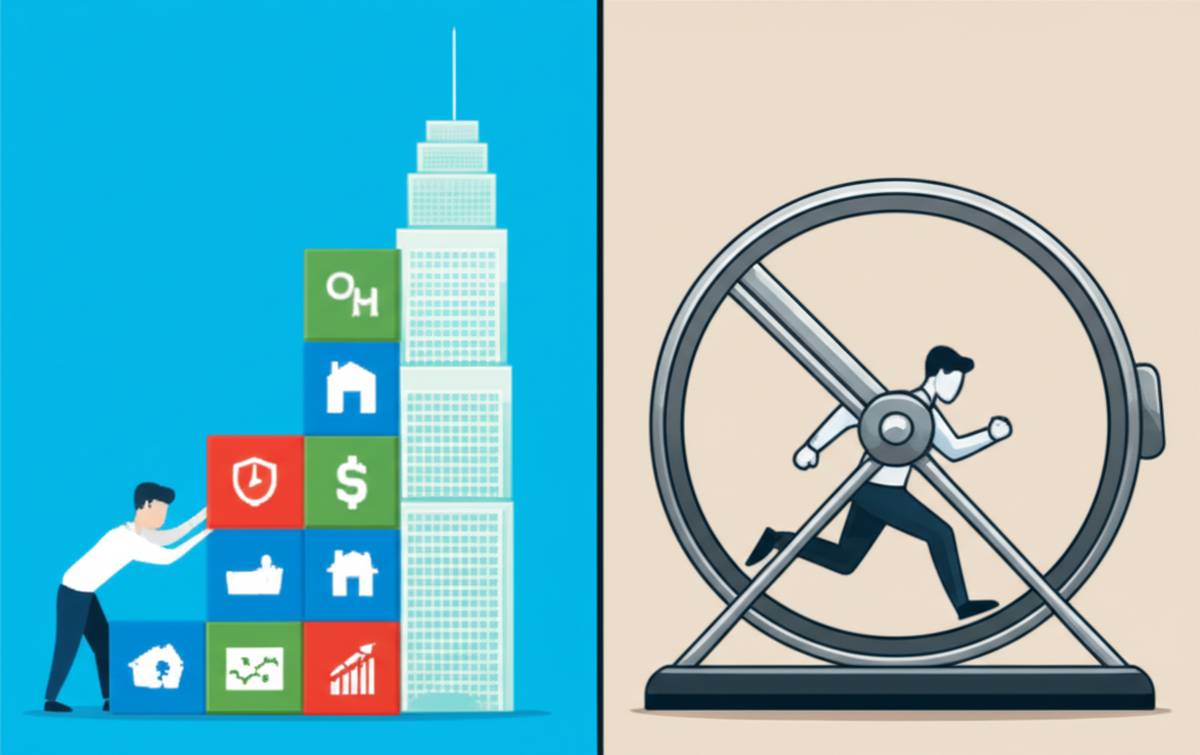Poverty affects millions worldwide, but understanding the types of poverty and solutions is key to creating lasting change. Whether you’re passionate about social justice or interested in economic empowerment, this guide will equip you with valuable insight and actionable steps toward a brighter future.
What Are the Different Types of Poverty?
Poverty is not a one-size-fits-all issue; it manifests in various forms, each with unique challenges and implications. Let’s explore the main types:
1. Absolute Poverty
Absolute poverty means lacking the basic necessities for survival, such as food, clean water, shelter, and healthcare. People living in absolute poverty face life-threatening conditions every day.
2. Relative Poverty
Relative poverty is measured against the economic status of others within a society. Even if basic needs are met, individuals may experience exclusion or lack access to opportunities enjoyed by the majority.
3. Situational Poverty
This type arises from sudden hardship, like natural disasters, job loss, or illness. It’s often temporary but can be devastating without support or resources.
4. Generational Poverty
When poverty passes from one generation to another, it becomes embedded in families and communities, making escape difficult without intentional intervention.
Why Understanding the Types Matters
By identifying the types of poverty, communities and policymakers can design targeted wealth-building programs and strategies. For example, solutions that help those in situational poverty may not be effective for individuals trapped in generational poverty.
Solutions for Tackling Poverty
Confronting poverty calls for multifaceted approaches. Here are some effective solutions based on the type of poverty:
Practical Steps for Absolute Poverty
- Access to Basic Needs: Provide food security, clean water, affordable housing, and healthcare services.
- Improving Infrastructure: Enhance transportation, sanitation, and medical facilities in underserved areas.
Addressing Relative Poverty
- Economic Inclusion: Promote equal access to education, jobs, and financial services like microloans.
- Social Safety Nets: Create programs that reduce inequality and help marginalized groups participate fully in society.
Helping Those in Situational Poverty
- Emergency Relief: Deploy rapid aid during crises — like unemployment benefits or disaster relief funds.
- Job Training and Support: Facilitate re-skilling and counseling to enable a quick return to financial stability.
Breaking the Cycle of Generational Poverty
- Education Opportunities: Build programs that provide scholarships, mentorship, and after-school support.
- Community Empowerment: Encourage local leadership and ownership to create sustainable change from within.

A community workshop teaching financial literacy and empowerment as a solution for generational poverty.
How You Can Make an Impact
Change starts with awareness and action. Here’s how you can support efforts to reduce poverty:
- Volunteer or support organizations working on poverty alleviation.
- Educate yourself and others by exploring resources on money mindset and how to begin building financial freedom.
- Advocate for policies that promote economic equality and access to education.
Learn More and Stay Inspired
For deeper insights, Investopedia offers comprehensive explanations on poverty and its economic impacts. Explore their article on poverty to expand your understanding.
Also, if you’re interested in building digital income streams, check out our digital income resources and AI automation strategies for modern side hustles.
Frequently Asked Questions (FAQ)
What is the main difference between absolute and relative poverty?
Absolute poverty refers to lacking basic life necessities, while relative poverty means a person’s economic status is low compared to others in their society.
Can situational poverty become generational poverty?
If situational poverty is prolonged without effective support, it can lead to generational poverty as challenges become interwoven into family cycles.
What role does education play in solving poverty?
Education opens doors to better income opportunities, empowers decision-making, and helps break poverty cycles, especially generational poverty.
Ready to Take the Next Step?
If you’re inspired to help end poverty and build a more equitable world, join our community! Subscribe to our newsletter for invaluable insights on wealth building, financial freedom, and meaningful impact. Together, we can learn and grow toward lasting solutions.
Remember, understanding the types of poverty and solutions is the first step toward creating real change.


